Tips for Vata Yoga
People whose constitutions are dominated by vata tend to move quickly without paying sufficient attention to what they’re doing and often push their body beyond its natural limits. The hallmarks of this dosha are coldness, mobility, lightness, and expansiveness. The best type of yoga practice for these individuals is one that generates warmth, serenity, and nourishment. Vatas can cultivate these qualities by following some basic guidelines:
Move through your practice at a slow, smooth, steady pace.
Aim for fluidity in your poses. Focus on gentle movements, such as spinal and pelvic undulation, rotation in the joints, counter-poses, and flexion and extension.
Hold each posture briefly, but do multiple repetitions.
Draw into and move from your hara. In Eastern philosophies, the hara is the body’s internal energy center, located below the navel and above the pubic bone.
Cultivate stability by concentrating on the foundation of the pose.
Rotate the femurs and press them into the outer sides of your legs.
Picture yourself moving through warm water or warm mud as you execute the poses.
Focus on prolonging your inhalation.
Stay grounded by pressing your big toes into the floor.
Fix your gaze below or at the horizon.
Engage your entire body in the poses by holding your muscles tightly against the bones.
Avoid overexerting yourself. Aim to build stamina without draining your energy. In cases of severely aggravated vata, adopt a restorative practice.
Be fully present in your practice.
Stay warm.
Follow the active portion of your practice with a long period of relaxation.
A vata imbalance arises when an overabundance of air accumulates in the mind, body, and environment. The result is a sense of instability. The best way to balance excess vata is to integrate the stable qualities of the earth into your physiology and focus on relaxing.
Go to bed and awaken at the same time every day.
Meditate twice a day to quiet the mind.
Practice yoga to connect with your body.
Wear fragrances that evoke a sense of tranquility.
Eat three meals per day, and favor, sweet, sour, and salty tastes.
Perform a slow daily self-massage with warm herbal oils.
Drink soothing herbal teas.
Look for opportunities to incorporate rhythm and routine into your life.
Finish things once you start them.


